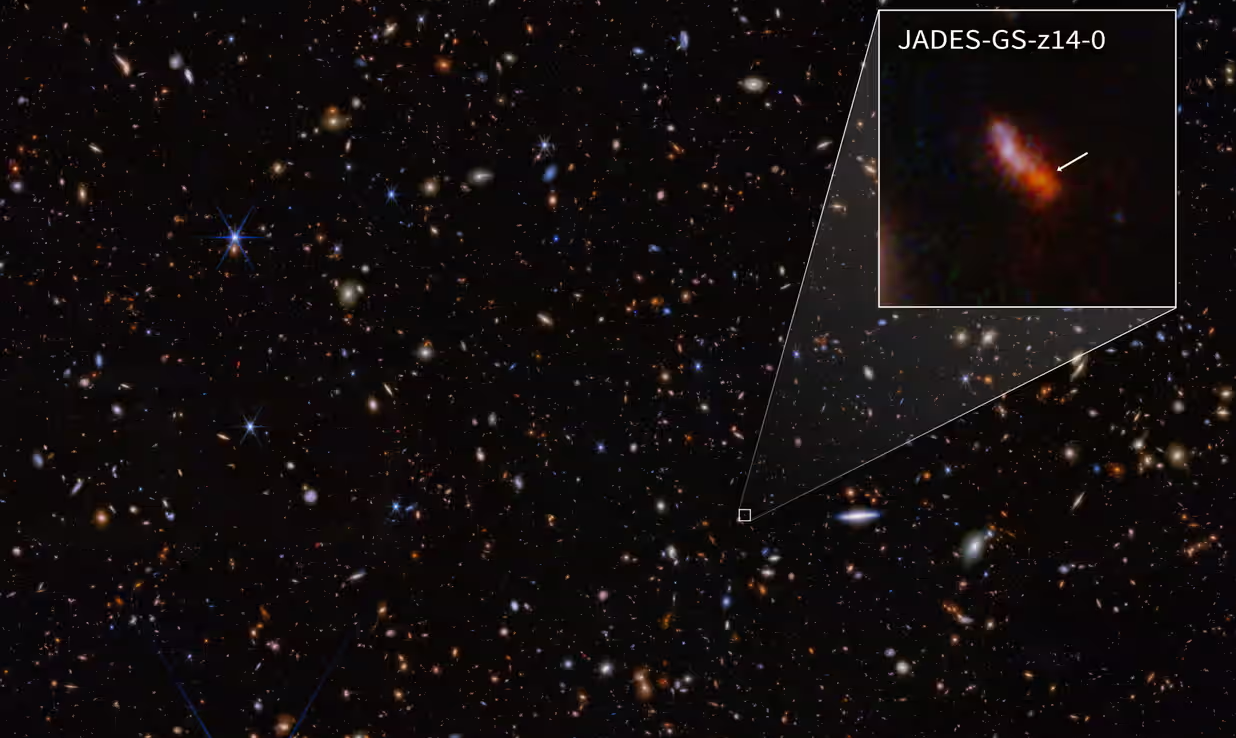
Location of the galaxy JADES-GS-z14-0
The galaxy, named JADES-GS-z14-0, was discovered just 290 million years after the Big Bang, a time known as the "Cosmic Dawn." The previous record holder for the James Webb Space Telescope was a galaxy about 325 million years after the Big Bang.
Early galaxies can provide important information to researchers, such as how gas, stars and black holes formed and changed in the early universe.
According to NASA, the first galaxy, JADES-GS-z14-0, offers the most unique observational opportunity.
"The universe in its early stages was very different from what it is today," The Guardian quoted Dr. Francesco D'Eugenio of Cambridge University (UK), one of the teams behind the new discovery.
JADES-GS-z14-0 shines brighter than expected, suggesting that the universe's first generation of stars either shone brighter than they do today, or formed at a faster rate than cosmological theories had predicted.
"JADES-GS-z14-0 is now a prototype of this phenomenon. It is amazing that the universe could have created such a galaxy when it was only 300 million years old," said lead author Stefano Carniani of the Scuola Normale Superiore University in Italy.
The unusual brightness of these early galaxies means that the James Webb Space Telescope will be able to detect many more.
Professor Brant Robertson of the University of California-Santa Cruz (USA) said that the research team would still be able to find the galaxy even if the light emitted was 10 times weaker. He believes that in the near future, humanity will be able to look back to the past when the universe was about 200 million years old.
Source: https://thanhnien.vn/kinh-james-webb-chup-duoc-anh-thien-ha-xuat-hien-som-nhat-va-xa-nhat-185240601105739911.htm


![[Photo] President Luong Cuong attends the National Ceremony to honor Uncle Ho's Good Children](https://vphoto.vietnam.vn/thumb/1200x675/vietnam/resource/IMAGE/2025/5/15/9defa1e6e3e743f59a79f667b0b6b3db)
![[Photo] Prime Minister Pham Minh Chinh receives Country Director of the World Bank Regional Office for Vietnam, Laos, Cambodia](https://vphoto.vietnam.vn/thumb/1200x675/vietnam/resource/IMAGE/2025/5/15/2c7898852fa74a67a7d39e601e287d48)
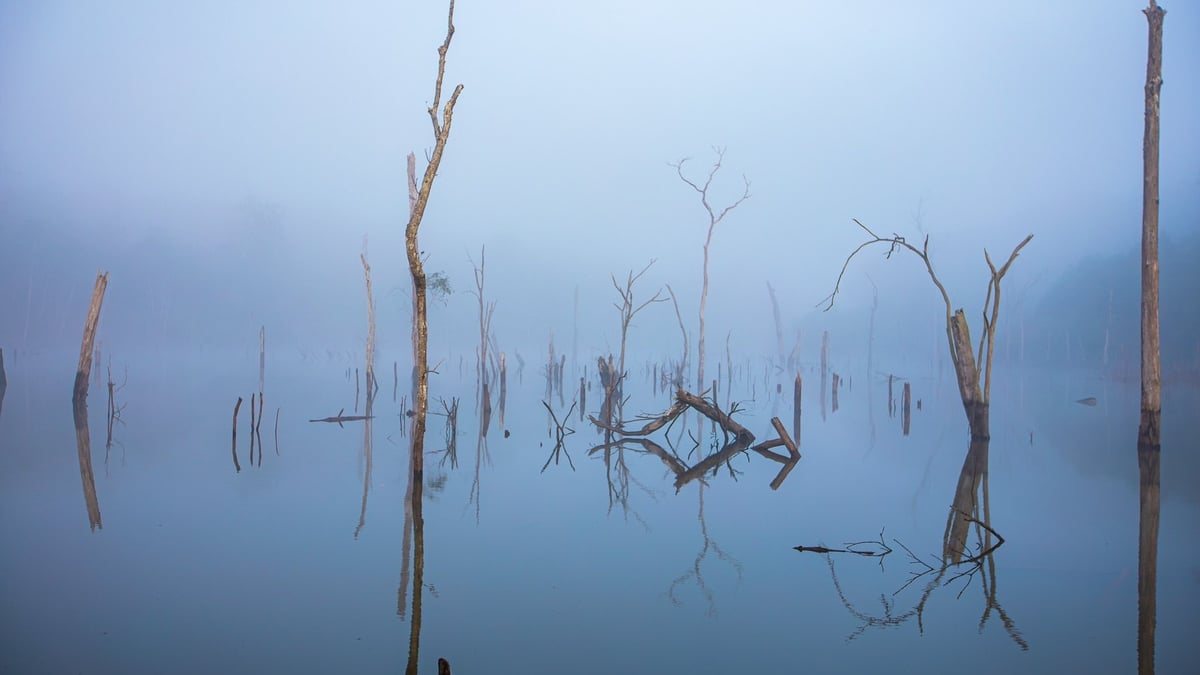
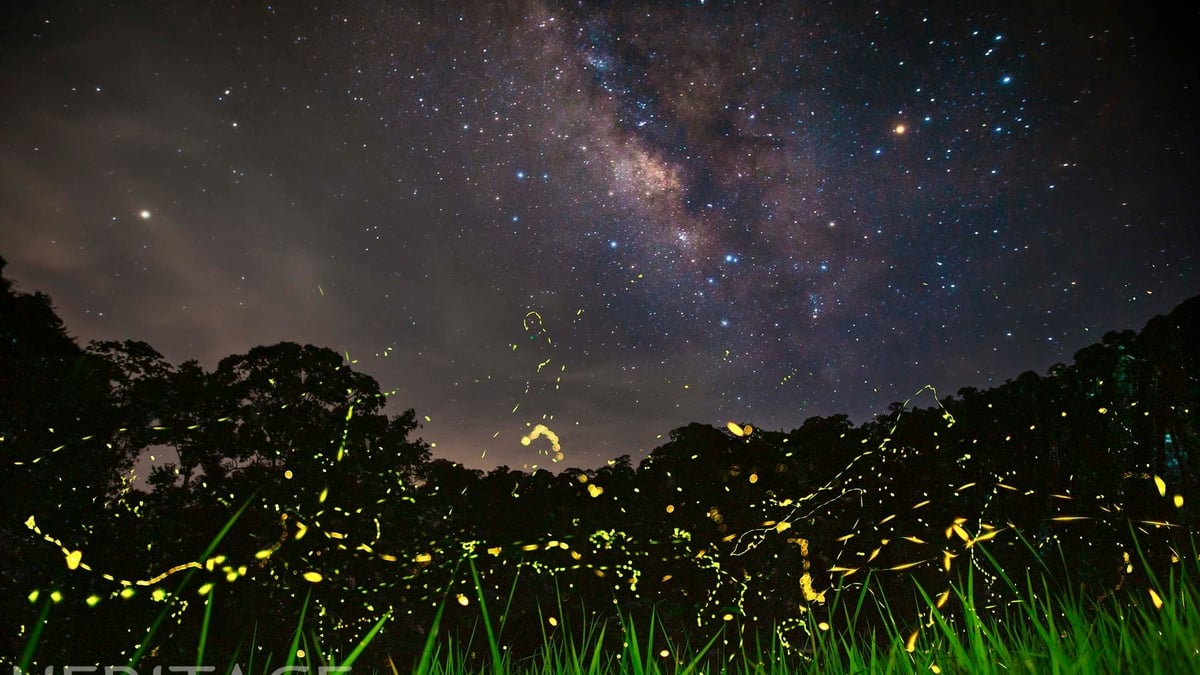

![[Photo] In May, lotus flowers bloom in President Ho Chi Minh's hometown](https://vphoto.vietnam.vn/thumb/1200x675/vietnam/resource/IMAGE/2025/5/15/aed19c8fa5ef410ea0099d9ecf34d2ad)
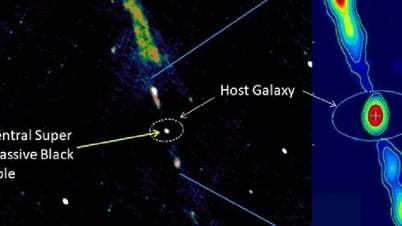




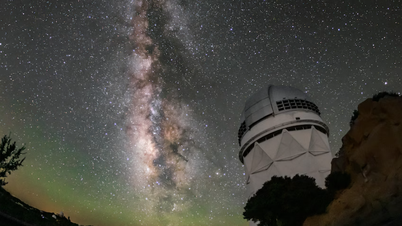






















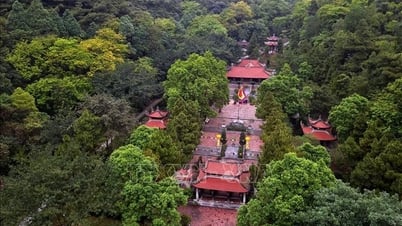































































Comment (0)